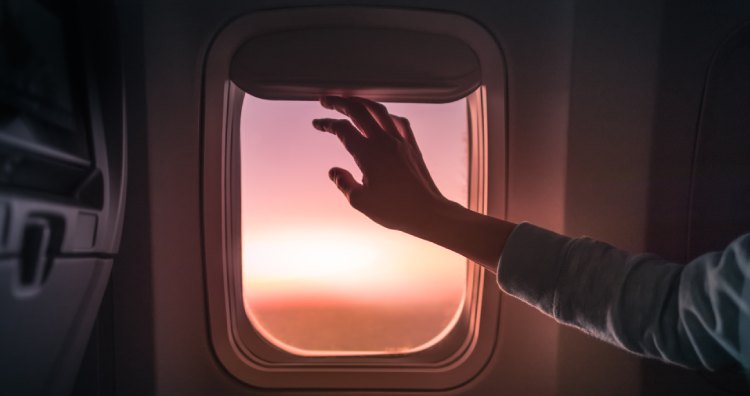22 Things You Probably Never Knew About Commercial Airplanes
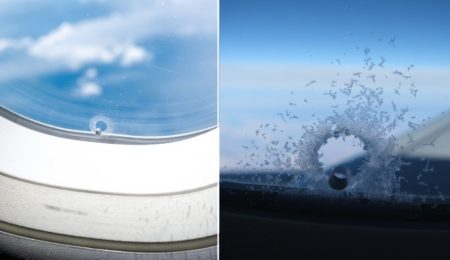
Air travel is one of the most common means of transportation today. Be it to travel far and wide within the country or to visit other countries, airplanes have replaced most other forms of transport as the preferred option. However, there is still so much that we don’t know about aircraft and air travel. So, to answer some of your burning questions about them, here are 22 things about commercial airplanes you probably never knew!
1 Raising airplane window blinds for takeoff and landing can actually help flight crews evacuate their passengers quicker.
Typically, there is very little time for an airplane crew to safely evacuate their passengers during emergencies (the Federal Aviation Administration seems to allow just 90 seconds or less to do so). So, it is rather important for flight attendants to assess the situation outside the aircraft to chart a quick exit plan. And leaving the window blinds open just makes this easier. (1, 2)
2 Although unlikely, it is still possible to get stuck on an airplane toilet if you flush it while still seated.
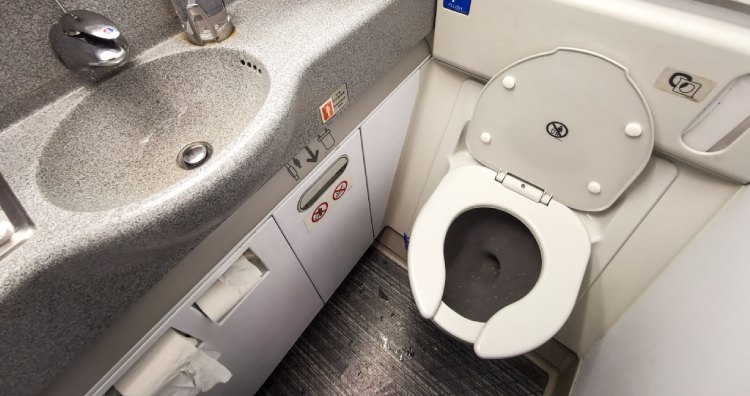
Since many commercial airplanes have vacuum toilets, it is possible to get stuck on them if you flush the toilet while still sitting on it. However, this is rather unlikely since you’d first have to form a perfect seal over the toilet. And even if you did, you may actually be able to pull yourself off it with some effort. Nevertheless, it is probably still a good idea to stand up before flushing an airplane toilet. (source)
3 Commercial airplanes can fly for a considerable distance even in the case of engine failure.
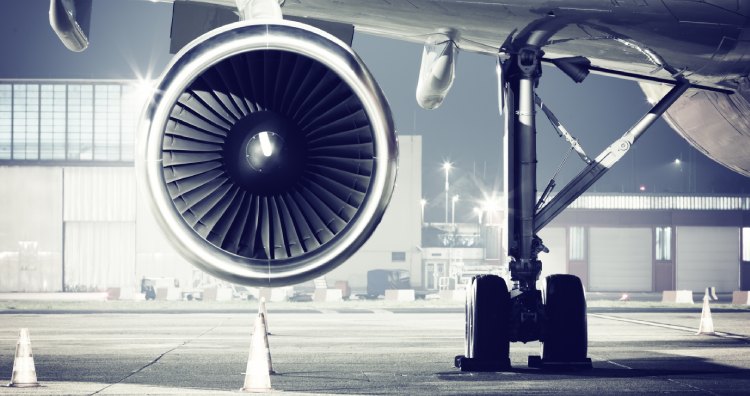
Engine failures do happen from time to time, but in most cases you need not panic. For one, commercial airplanes often have more than one engine. So, even if one fails, the remaining engines can continue functioning. Further, twin-engine planes are given Extended-range Twin-engine Operations Performance Standards (ETOPS) ratings before they are flown over large water bodies or risky terrain. This rating includes an assessment of how long a twin-engine plane can fly on one engine.
Finally, in the event of total engine loss, airplanes can glide safely. However, different aircraft have different glide ratios. This means that they will lose altitude at different rates, affecting how far they can fly without thrust from the engines. (1, 2)
4 In some commercial airplanes, the cockpit may have an escape hatch that provides pilots with a way out in case of an emergency.

This then allows pilots to make a quick getaway during emergencies when other exits are blocked. For instance, during the 1986 hijacking of Pan Am Flight 73, the cockpit crew used such an escape hatch to flee from the armed hijackers. The aircraft serving that flight was a Boeing 747, and according to a Boeing Co. spokesman at the time, such escape hatches were a standard feature on those airplanes. (1, 2, 3)
5 Food served on airplanes sometimes tastes bland. This can be because your taste buds go numb due to the cabin atmosphere.
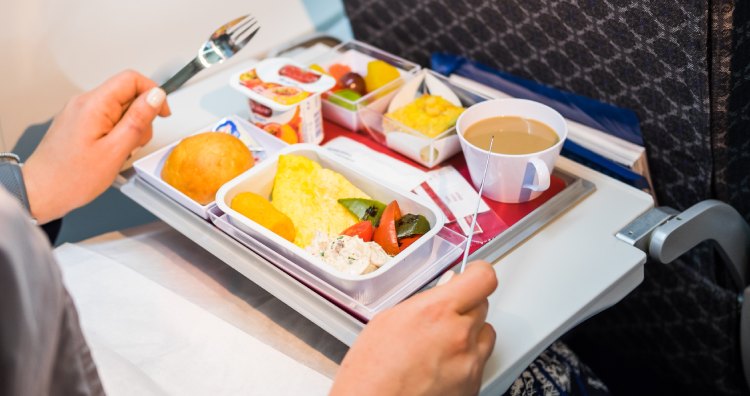
At altitudes of thousands of feet in the air, the humidity and cabin pressure is much different than on the ground. This, some experts say, can actually reduce our sensitivity to sweet and salty foods by about 30%. Sometimes, the loud noises on an aircraft can also affect your ability to taste food. Interestingly, umami flavor (found in things like tomato juice) seems to be enhanced in the air. Go figure! (1, 2)
6 The tiny, unnoticeable hole in the window of a passenger airplane regulates the air pressure between the cabin and the air gap of the panes. It also keeps the panes free of fog.

A passenger airplane window typically has three separate panes. Since the air pressure outside the aircraft is very low, the outer pane must deal with the difference in pressures between the outside and the inside. The bleed hole then helps balance the air pressure between the passenger cabin and the air gap between the panes so that the outer pane takes on most of this force. The hole also releases moisture from the air gap and keeps the windows from fogging up. (1, 2)
7 An aircraft “black box†is almost indestructible, with memory units that are designed to withstand an impact of 3,400 Gs and temperatures of over 1,000° C.
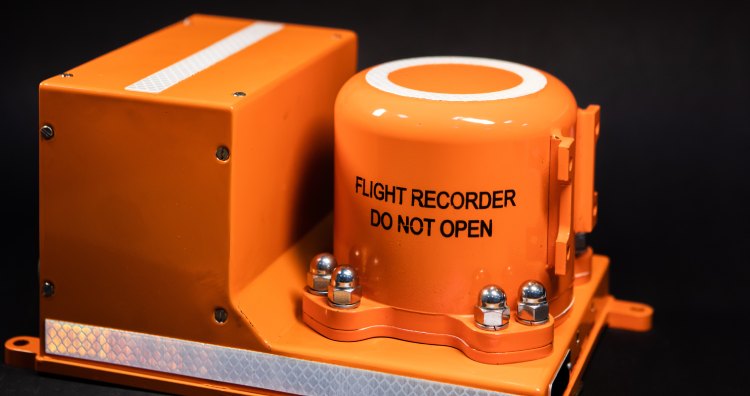
Investigators need to have all available information to know what caused an accident and prevent such incidents in the future. For this reason, aircraft are fitted with flight recorders, more commonly known as a “black box,†that collects and stores data throughout the flight.
And to make sure that this data survives the plane crash, the device is tested under extreme conditions of temperature and pressure before being deployed. Therefore, the crucial part of the “black box†containing the memory boards is typically designed to survive impacts of 3,400 Gs and temperatures that go above 1,000° C. (1, 2)














